For the 2021 edition of T-Port Lighthouse Selections – our curated program of short films by emerging talent, we discussed with the filmmakers about their artistic journey, their challenges in the filmmaking process as well as their sources of inspiration.
Here we present the first part of the interviews, of the shorts selected by guest curator Céline Roustan.

Can you tell us about your first encounter with cinema – do you recall your first memory from watching a film?
Alireza Esfandiarnezhad, director of Blood Sweat & Tears:
For me, cinema was an escape from the reality of life, a place to hide from the daily routine as a teenager. My first recollection was perhaps with Jaws and The Godfather.
Elinor Nechemya, director of If it ain’t Broke:
My first memory of cinema is from the age of about four or five. My father and his friend took me on a Saturday to watch – what I recall as – “Monty Python’s Life of Brian”. Everyone says I made that up. I clearly remember the high noon sun as my father is carrying me on his shoulders and outside from the dark theatre. It left the biggest impression on me.
Jennifer Kolbe, director of Milk:
I watched “The Matrix Reloaded” in China when I was younger and slept half the time, because I could not understand a word. 😀
Nicole Jachmann, director of Funkele:
To be honest I don’t. I guess I watched a lot of cartoons and kids kind of tv and obviously movies at some time became a part of that. One film that left a big mark in my brain and that must have been one of the first films I’ve seen is The Neverending Story. Loved it at the time, it definitely showed me the magic of film and actually now makes me feel like watching it again.
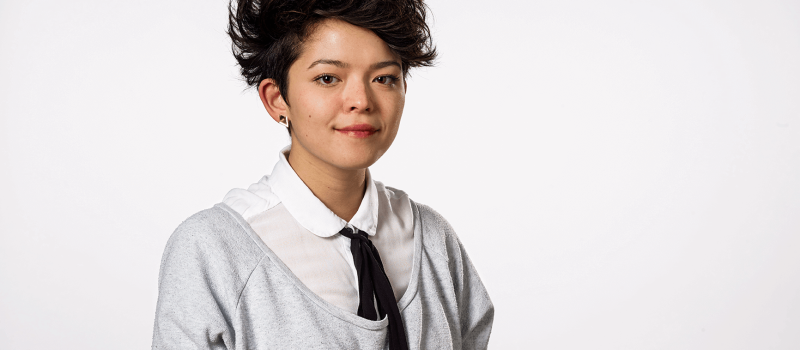
Jennifer Kolbe director of “Milk”
Tell us about yourself.
Alireza Esfandiarnezhad:
I am Alireza 36, an Iranian filmmaker based in Germany. I am now gladly working on my first feature film script for a couple of months.
Elinor Nechemya:
I was born in Jerusalem in 1984. I’m a director and writer based in Tel-Aviv. My recent short film If it ain’t Broke premiered at the Semaine de la Critique at Cannes 2021. My previous shorts Our Hears Beat Like War (2020) and Everlasting Mom (2017) both premiered at the Toronto International Film Festival and were screened at many film festivals, among them Locarno, Sarajevo, and Palm Springs. I’m currently working on my debut feature film, Island, featured in the 2021 Sam Spiegel International Film Lab and developed with the support of the Israeli Film Fund and The New Fund for Cinema and Television (NFCT). The project was selected for the 2021 NEXT STEP Workshop of the Semaine de la Critique that will take place very soon.
Jennifer Kolbe:
I’m 26 years old and live in Wiesbaden, Germany. Currently, I create motion graphics for films we produce at Bewegte Zeiten. Our latest project has been for ZDF info. It is a documentary about Femicide in Germany. I had the opportunity to create some pictures for that.
Nicole Jachmann:
My name is Nicole Jachmann, I am 34 years old and I divide my time between Berlin, Germany and the Netherlands. After studying Journalism and social sciences I went on to do a course in scriptwriting. This sparked my interest in fiction film. I slowly made my way into the industry. Funkele is my second short film as a writer/director and I am currently working on one new short film (partially funded), my first feature film (in development and selected for Les Arcs Talent Village) and another feature film (in development). Next to that, I work for others, in functions like director’s assistant, co-writer, production assistant or location scout.
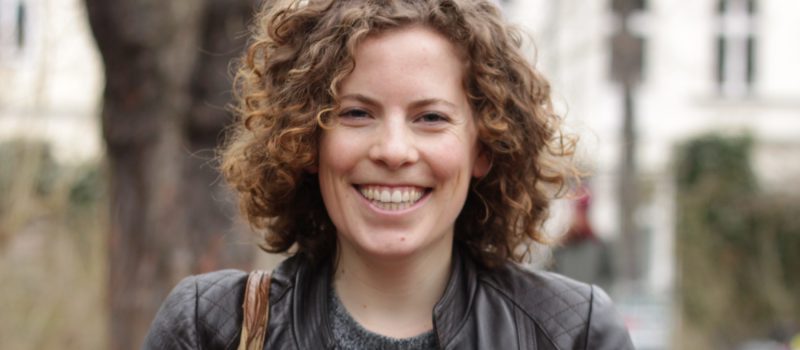
Nicole Jachmann director of “Funkele”
If you had to summarize your film in three words, what would they be?
Elinor Nechemya:
Return of passion.
Jennifer Kolbe:
Humanly made milk.
Nicole Jachmann:
Feeling, acceptance, shame.
Alireza Esfandiarnezhad:
Blood, Sweat and tears.
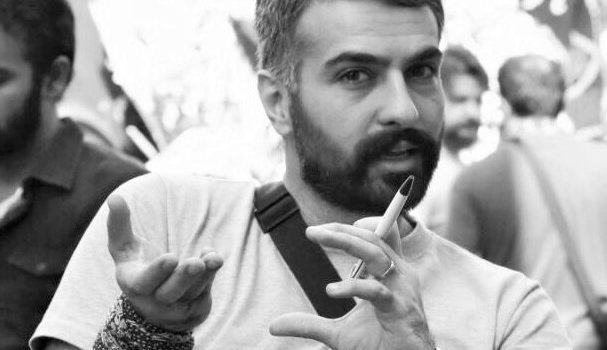
Alireza Esfandiarnezhad director of “Blood Sweat and Tears”
Where did you draw inspiration working on your film?
Alireza Esfandiarnezhad:
I can not exactly remember how it came to me, but I had a very unclear image in my mind about a friendly meeting that turns into a nightmare, and the rest is the magic of dialogues while writing and polishing.
Jennifer Kolbe:
I was inspired to work with Fugstrator, an artist who really knows how to play well with textures.
Nicole Jachmann:
Inspiration came from different sources, of which the biggest one was life itself. Either from my own experiences, or experiences from others. In terms of cinematography, “American Honey” from Andrea Arnold was a big inspiration for me and my DOP Michel Rosendaal.
Elinor Nechemya:
The film is a sensual portrait of female friendship and deals with the change of perspective and the conflict between the role of mother and everything else. My intention was to portray female friendship as I experience it and to capture the intimacy with someone who is terribly close. I derive a lot of inspiration from my friendship with Rivka Wiesenfeld, who ended up playing Hagar in the film, next to Hila Ruach who plays Alona. That friendship was an unending source of references and ideas – from the early stages of writing, all the way to set design and directing the smallest nuances. But what first brought the idea for this film to my mind was the very short essay “Worn-out shoes” by Natalia Ginzburg.
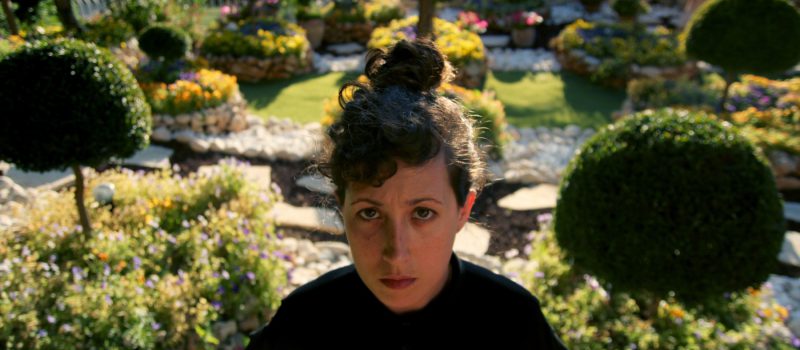
Elinor Nechemya director of “If It Ain’t Broke”
Next to filmmaking, what do you consider as your passions in life? And how do these passions connect to your filmmaking work?
Alireza Esfandiarnezhad:
Writing and music
My first passion for creating something was writing poems and playing music in a band and singing. Later this passion took me into storytelling.
Jennifer Kolbe:
I love good (vegan) food and having people over for dinner to show them how delicious it is.
Maybe you can see correlations between that and my film 😀
Nicole Jachmann:
This might sound stupid, but I think I can say food is a passion, it would be a bleak life without the joy of eating. I don’t think I have a strong other passion, but I enjoy spending time with friends and family, walking in the forest, observing people (whilst sitting in a cafe, waiting at the station etc.), going to the sauna, reading and watching films, visiting (flea) markets/second hand stores etc.
Observing people, my friends and family and spending time in nature obviously does. But I guess everything can influence it, since everything we do and feel is somehow connected.
Elinor Nechemya:
I’ve been very much into writing since ever. I write short stories from time to time and hope to publish them one day. I don’t know why exactly but I feel much more exposed in those works. Poetry is always a source of comfort, inspiration and balance, both writing and reading.
Parts of my short stories were transformed into cinematic ideas and one of them even ended up as a short film (2020, OUR HEARTS BEAT LIKE WAR). The poetry is in almost every film I’ve made. “Everlasting MOM”, an experimental film of mine from 2017 is partly based on my grandmother’s diaries and short stories as well.
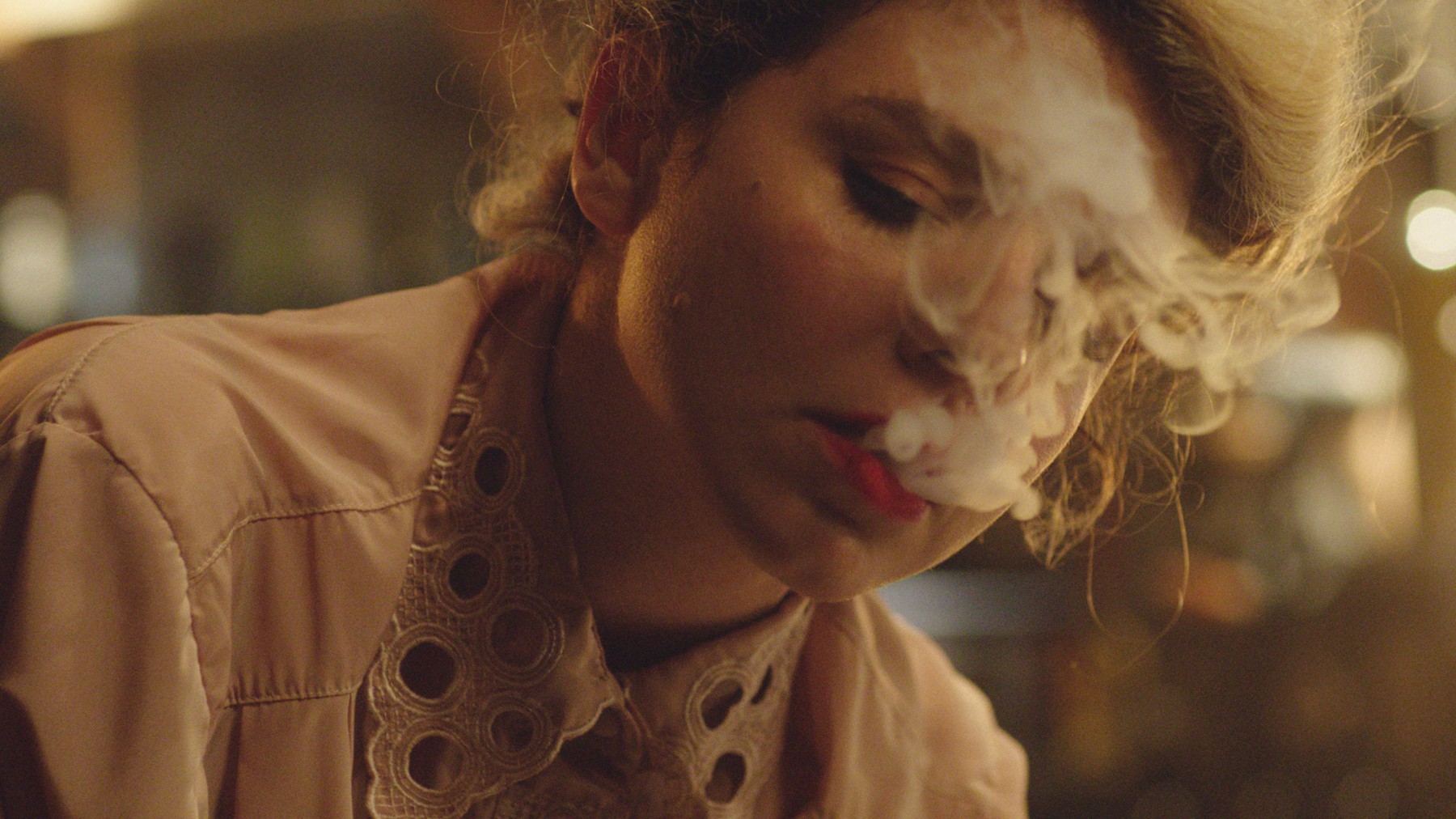
From “If It Ain’t Broke”
What is the best thing you recently watched or experienced?
Elinor Nechemya:
I’ve recently watched “Titane”, Julia Ducournau’s film and the Palme d’Or winner. It was quite overwhelming. Total chaos in terms of gender and relationships as we once knew it. In the best way though. It shook me up.
Jennifer Kolbe:
I visited a Filmfestival in Munich, there were many amazing short films from Students. And in Paris I loved the L’Atelier des Lumières!
Nicole Jachmann:
mm difficult question. “Nomadland” left a huge impression but that has been a while ago. One of the last things I watched was a documentary called “Jason”, part of the documentary festival IDFA. It’s about a boy and his experiences with youth services. The documentary director, Maasja Ooms made two other films before around the same subject. The documentaries she makes always “hit” you in some way or another. For these three it shows young, strong and interesting teenagers who have had a rough time in life and who were influenced by the system that they were part of.
Alireza Esfandiarnezhad:
I have just watched the latest work of one of my favorite filmmakers, “Another Round” by Thomas Vinterberg.
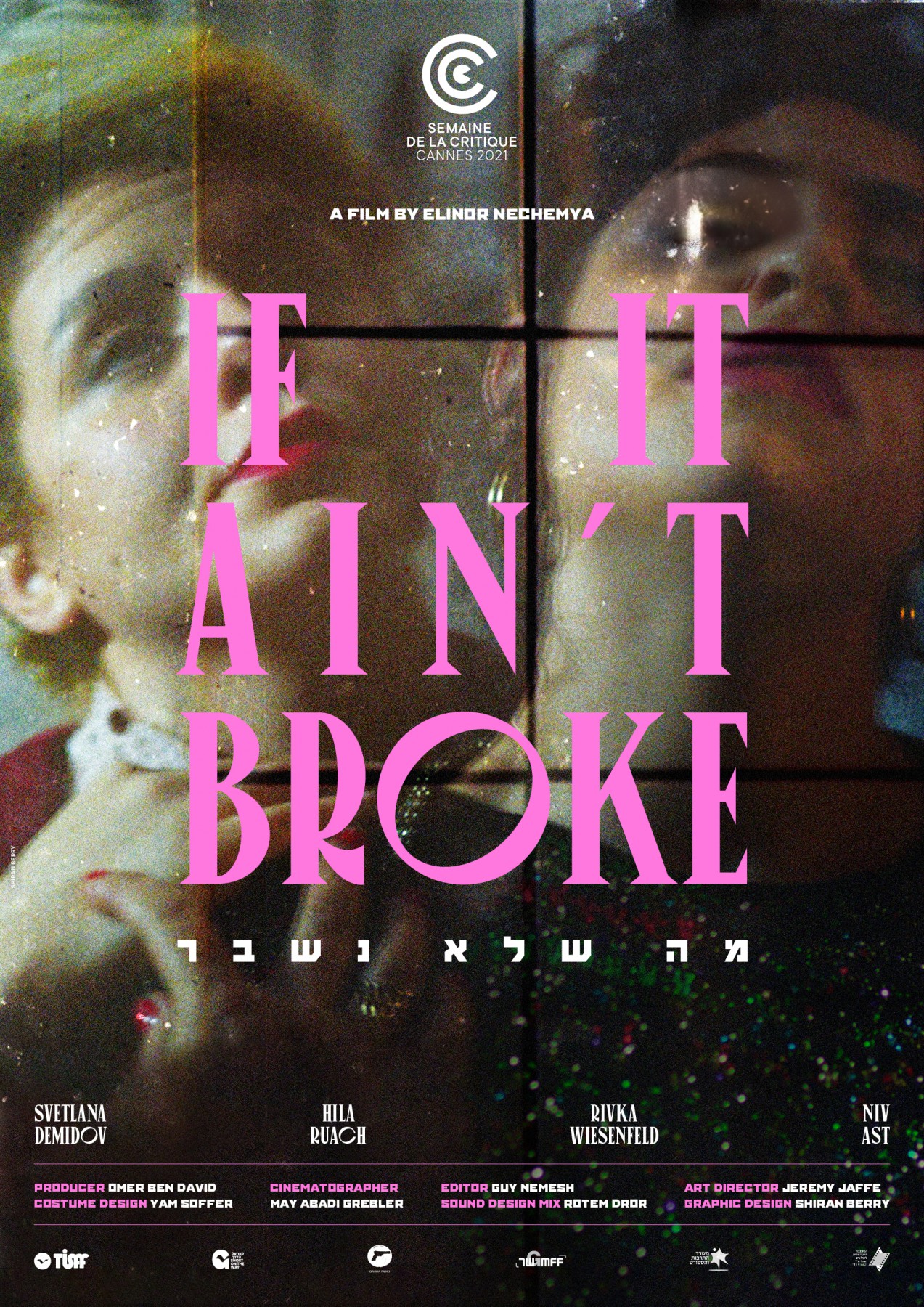
Which film or TV Show do you find overrated, and why?
Jennifer Kolbe:
“Game of thrones” – why do all women/girls have to be naked and/or raped?
Tell us about a filmmaker that you admire and why?
Alireza Esfandiarnezhad:
Michael Haneke, I like the way he builds the characters and stories. They are shaped and surrounded by their inevitable circumstances and environment and this force makes them act differently.
Elinor Nechemya:
Kelly Reichardt. She’s persistent, creative, exploding with talent and one of the pioneers of the female gaze in contemporary cinema.
Jennifer Kolbe:
I love Steve Cutts’ work. It’s just so accurate for the times we live in – and so well animated!
Nicole Jachmann:
Andrea Arnold and Chloe Zhao, their work is beautiful. I admire both, for different reasons. I really like the way Andrea Arnold combines actors and non-actors and how “differently” her way of shooting can be, and how this supports the type of film she wants to make. It seems like she creates the perfect environment in which her films can emerge. I don’t like the word art, but Chloe’s film “Nomadland” made me think of that word. It is so pure, intuitive and poetic, without forcing it. I really loved that film, it shows humanity, how small and at the same time immense being alive can feel.
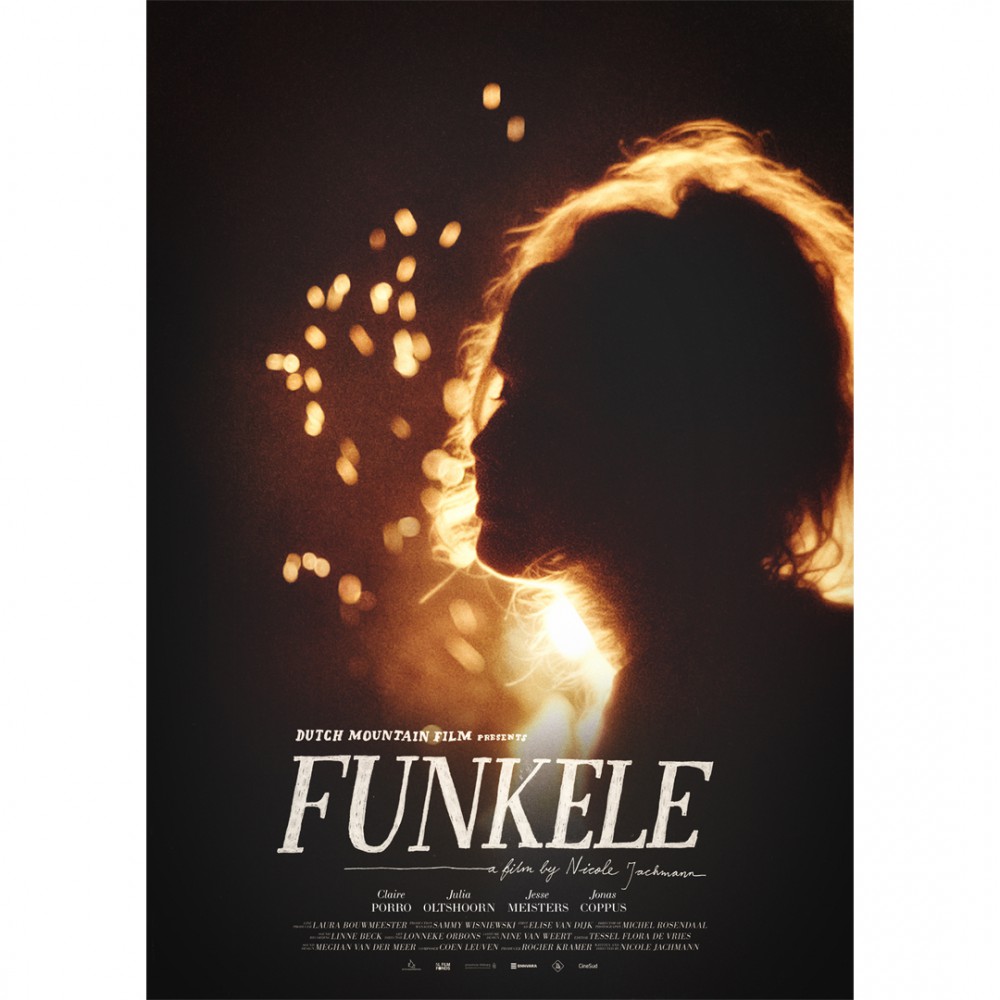
Tell us a bit about your film and the filmmaking process – what were your main insights?
Alireza Esfandiarnezhad:
I wanted to create a tense moment through dialogues between the characters who encounter for the first time in an indoor space. On the other hand, developing a sense of suspense and mystery that rises up gradually through the film.
Elinor Nechemya:
The film portrays a friendship but also two different women, who made very different choices in life. The transition of becoming a mother was in my mind while writing the script and when shooting I was in late stages of pregnancy. Questions about choices in life, about desire and about sexuality and motherhood are all mixed up there. I realized I want to keep the spectator ignorant of the fact that Alona is a mother until the closing sequence of the film. It was important for me that she’d be “just” Alona, just herself and not A MOTHER. I wanted the viewers to be fully engaged in her attempt at escapism, I liked the idea of reading the film backwards and retrospecting about it.
Jennifer Kolbe:
I really was surprised how well this simple style of animation works so powerful with the realistic sounds of industry.
Nicole Jachmann:
I’m not sure how to answer this question. Since I never went to a film academy it kind of felt like I only really learned how to make a film whilst making Funkele. So the filmmaking process was one in which I was finding my way, and in which I relied on my instinct heavily. I relied on my intuition in making creative choices, but even more so in looking for the people to work with. To collect people around me that I trusted, that I felt had the same goal in mind. I have learned so many things, but I guess one of the most important insights was to trust that intuition even more and dare to go more “extreme” in choices in the future.
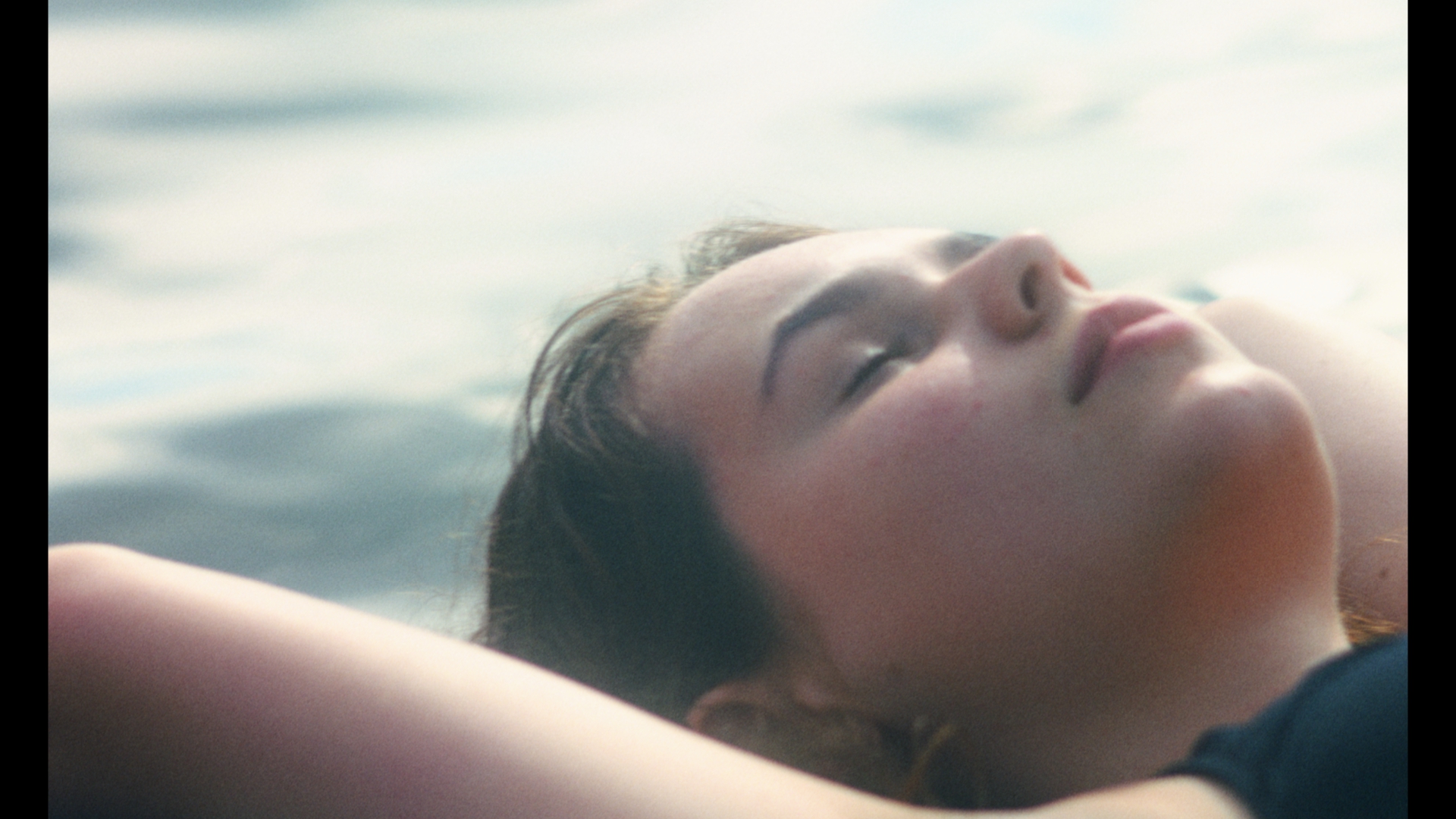
From “Funkele”
What were the biggest challenges you encountered during making your film?
Alireza Esfandiarnezhad:
The process was of big challenge especially with multicultural cast and crew from different countries, and languages.
Elinor Nechemya:
First thing was to be able to make it before I gave birth, we shot the film when I was almost nine months pregnant. Covid was always threatening the production and we were very close to the third wave of the pandemic in Israel so it was basically just a matter of luck.
Jennifer Kolbe:
Just small technical issues and deciding with the sound designer which sounds I would want in my film.
Nicole Jachmann:
It was difficult for me to balance out my own emotions, my insecurity and my feelings of responsibility. It felt heavy at times, and all-encompassing, but I was really lucky with the people around me.
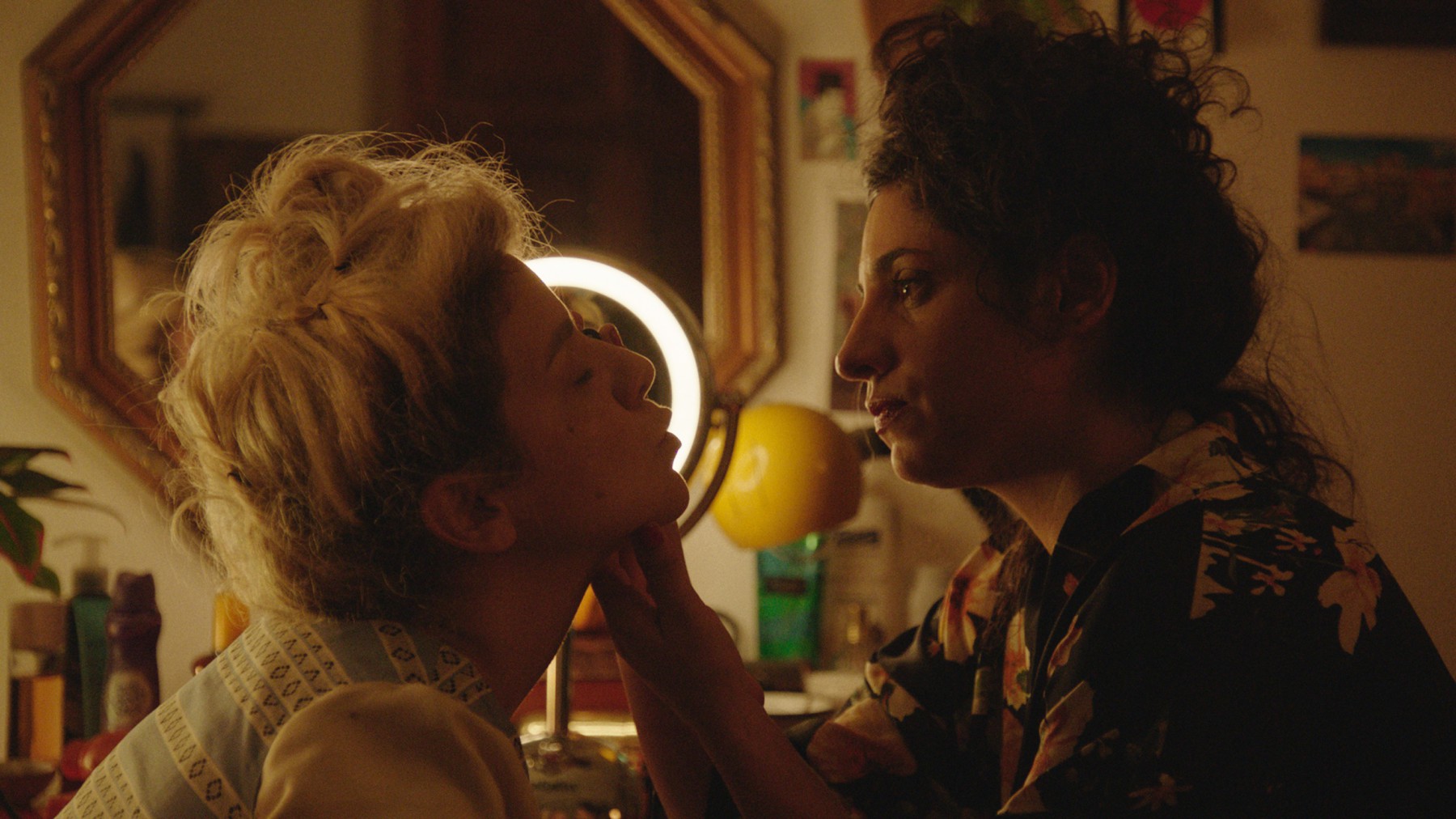
From “If It Ain’t Broke”
Tell us about the visual choices in your film. What were your main goals and techniques in creating the visual style of your film?
Alireza Esfandiarnezhad:
My intention for choosing the static camera with more or less fixed shots was to bring the audience into the room to experience everything with the characters without any interruption and also reduce the camera being noticed. On the other hand, our costume, set design, and color were chosen well to express the mood and feeling we wanted to create.
Elinor Nechemya:
I’ve set the film in Haifa which is a port city. I liked the sentiment of it, the mixed culture there and the bilingual streets, all these exist in the film. To choose to shoot in a wintery setup, but of course it’s Israel and the winter just didn’t arrive, it was actually boiling hot during the shootings. The script promised an emotional rollercoaster, and was full of disrupted tempos and mood swings. Along with my cinematographer and art director we designed each scene as a struggle between the cold and the warm palettes, between the interior and the exterior. We wanted to get an aesthetic of tension that would layer the familiarity of the characters. I think these are the elements that emphasize the existential pain and longing of the two, which live in perfect harmony with their joyful temper and excessive chatter.
Nicole Jachmann:
We (the DOP Michel Rosendaal and I) wanted a style that really supported the story. We wanted to stay very close to the main character Robin and her feelings and emotions. If she felt awkward or ashamed, we wanted to feel that as well. We wanted to experience everything through her eyes. I knew I wanted to have a lot of freedom for the actors, which made the decision to have a lot of handheld shots, mainly working with natural light. Next to that I wanted to leave a lot of room for improvisation, both for the actors but also for the camera. The film is mainly quite close to the script, but does have parts that were not part of the script, one whole scene got deleted in the edit and another one was created from improvised material.
Jennifer Kolbe:
I wanted it as simple as possible, that’s why I chose simple forms and only 3 colors. My focus was really on the story here.
Tell us about the sound choices in your film.
Alireza Esfandiarnezhad:
I wanted to have an original score for the film from the beginning, cause I thought it really helps to establish a mood in the beginning and a twist feeling at the end so I asked a good friend of mine to create one for the film. I am happy about this outcome.
Nicole Jachmann:
For the scenes in which Robin masturbates I wanted a complete absence of music, and I only wanted to hear “real sounds” (some were created afterwards obviously). Most of those real sounds got slightly amplified. Robin is ashamed of her behavior and is worried about that part of herself being discovered. I felt that amplifying the sounds she made and not influencing our experience as a viewer with music or other sounds was the best way to transport how she felt. I did want some pieces of music, especially to support the times in which the friendship between the two girls got displayed. The first piece, made by the composer Coen Leuven, feels a bit nostalgic, and the friendship between the girls seems ideal. It should feel like one of those moments you think back on years later. The music in the last scene is almost the same piece as the beginning, but slightly altered. As Coen put it, a bit more mature. Their friendship has matured. However small the comment might have been, it was a huge step for the girls, for the first time they spoke about masturbation. Robin was worried for their friendship, but now everything seems ideal once again. There were other bits of music in it, one other example was during the kissing scene. Coens’ music here really helped make Robin watching them feel more innocent and endearing. Besides that we also made use of a music supervisor, to find a couple of songs for the bar scene. The sound designer for the film was Meghan van der Meer, who worked with lots of sounds already collected by Linne Beck, and added more sounds to create an atmosphere. I wanted the sound design quite minimalistic, and both Linne and Meghan did a great job creating a sound design that made the film come alive without absorbing it.
Jennifer Kolbe:
We used a lot of industrial and realistic sounds.

From “Milk”
What would you like people to take away from your film?
Alireza Esfandiarnezhad:
Wonder, judgment and moral ambiguity
Elinor Nechemya:
Someone wrote to me yesterday after watching the film that it really gave her comfort in the thought that “it is possible to love your children or partner so much and also want more, but to be ok with it too. To be ok with a little bit of longing, a little dissatisfaction. That’s part of life”. So, yeah – all that.
Jennifer Kolbe:
Start to think about where our ‘food’ is coming from and make decisions for a better future.
Nicole Jachmann:
It would be lovely if they see and experience this as a “normal/average” example of what teenagers, and especially girls, can go through whilst developing their sexuality. I think that in our western society girls experience very conflicting emotions. Next to feelings of lust, connecting with your own body etc. this often is combined with feelings of shame, guilt, awkwardness and confusion. And even though friendships between teenage girls often are very intimate and intense, the taboo that is still so strong on female sexuality, and on masturbation seem to make it difficult for teenage girls, or even adult women to talk about these topics, no matter how close they are to a person.
What is your fantasy film project?
Alireza Esfandiarnezhad:
A noir film set in world war two, about an agent who is sent to find a missing man, a wise man who has some unusual ability…
Elinor Nechemya:
I would like to shoot a film set in North America in the 19th century. And it has Francis McDormand in it. But I won’t give away any more details 🙂
Nicole Jachmann:
Well there is one story that I’ve partially written and that takes place in different countries and different times. It’s a film that I feel like I am not ready for yet and that will definitely need a lot of time, effort and money to create, but this is definitely a fantasy of mine to bring to life one day.
Follow the filmmakers & films on Social Media:
Alireza Esfandiarnezhad:
Elinor Nechemya:
Jennifer Kolbe:
Nicole Jachmann:
Back to T-Port Blog
